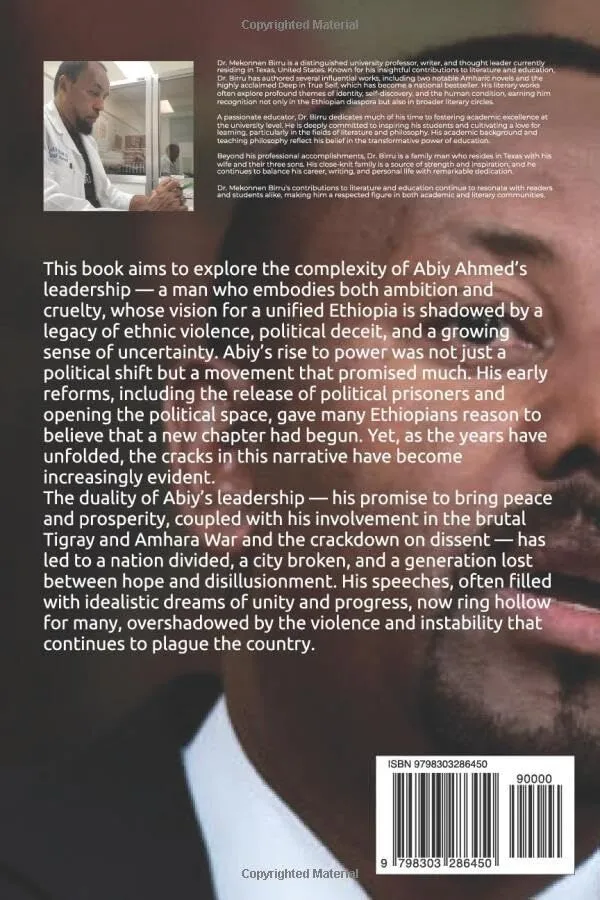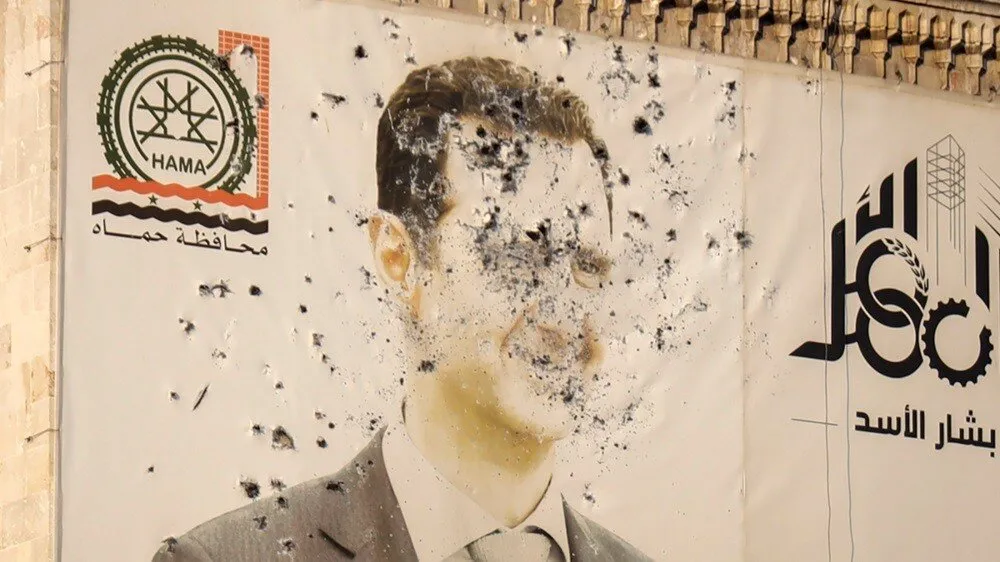Ethiopia’s renowned and acclaimed painter the most honorable Maitre Artiste World Laureate Afewerk Tekle has died late last night at the age of 80 at Kadisco Hospital, Capital learnt.
The country’s much-admired artist died due to a severe illness after receiving treatment in the capital Addis Ababa, a close family, who didn’t want to be named, told Capital on Wednesday morning. The artist’s passage and funeral plans are expected to be announced later in the day.
The late Maitre Artiste World Laureate Afewerk Tekle was born on October 22, 1932 in the historic city of Ankober in Shoa Province, Ethiopia, according to the artist’s official web portal.
Sent to England in 1947 to become a mining engineer, Afewerk’s artistic talent was soon perceived. He was accepted at the Central School of Arts and Crafts in London and later went to the Faculty of Fine Arts of the University of London, the famous “Slade”. While studying in England he made several artistic pilgrimages to Europe.
On the completion of his studies he returned to Addis Ababa where he held a one-man exhibition at the Municipality Hall in 1954. It was the first significant art exhibition of post-war Ethiopia.
Soon after his exhibition he left Ethiopia for a study tour in Italy, France, Spain, Portugal and Greece. In addition to these countries, he carried out various studies in England. He also made a special study of the Ethiopian illustrated manuscripts in the British Library, the Biblioth?que Nationale in Paris and the Vatican Library, thereby gaining a deeper knowledge of his own artistic heritage.
After two years of this extensive study, Afewerk, by now a well–equipped artist, returned with full confidence to his native land, to tackle the task ahead.
On his arrival in Ethiopia, Afewerk opened his studio in the National Library of Ethiopia. Soon afterwards he was given his first challenging commission by the Ethiopian Government: The decoration of St. George’s Cathedral, one of the capital’s two most important religious edifices, where he worked on murals and mosaics for three and a half years.
Afewerk also designed his own house, studio and gallery, known as Villa “Alpha”. He was architecturally inspired by his own cultural heritage, especially by ancient Aksum, the mediaeval castles of Gondar and the old walled city of Harrar.
His paintings included titles such as “Backbones of African Civilization”, “African Movement”, “African Atmosphere” and “African Unity”, and for Expo 67 in Montreal, Canada, “Africa’s Heritage” which are now in the permanent collection of the National Museum of Ethiopia. After many studies he produced over ten designs for an African Unity emblem and flag. Afewerk’s internationally famous stained-glass windows confronting the visitor in the entrance of Africa Hall, the headquarters of the United Nations Economic Commission for Africa, is one of his greatest achievements.
In 1964 he became the first winner of the Haile Sellassie I Prize for Fine Arts. The citation described him as a “versatile and disciplined artist”. And the prize was awarded “for his outstanding drawings, paintings, landscapes, and portraits which eloquently express his particular world environment, and for his contribution in being among the first to introduce contemporary techniques to Ethiopian subject matter and content.”
He recently participated in an exhibition held at the Sheraton Addis with other renowned artists.
Source: Capital Ethiopia















